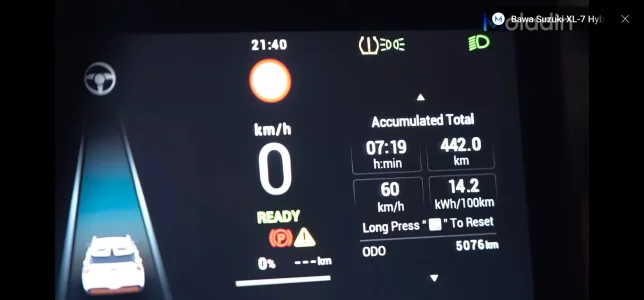VW, General Motors and Ford have all revealed new cheaper EV batteries which contain less nickel. It'll help bring new EV prices down in the next few years.

www.thisismoney.co.uk
Volkswagen will start to use lithium-iron-phosphate (LFP) batteries that are cheaper than the nickel-manganese-cobalt (NMC) packs the firm currently uses in its EVs, while GM will use lithium manganese-rich (LMR) prismatic battery cells.
Seems like MG4 SE SR is already well ahead of the competition having had an LFP battery since 2022.
Both reduce battery cost of production by using less cobalt and nickel - some of the most expensive raw materials used in EV batteries.

